Annabelle Hydrangea: Growing and Care Guide
Annabelle Hydrangea, known for its stunning white flowers, is a popular shrub native to the eastern United States. This guide provides essential information on growing and caring for this beautiful plant.
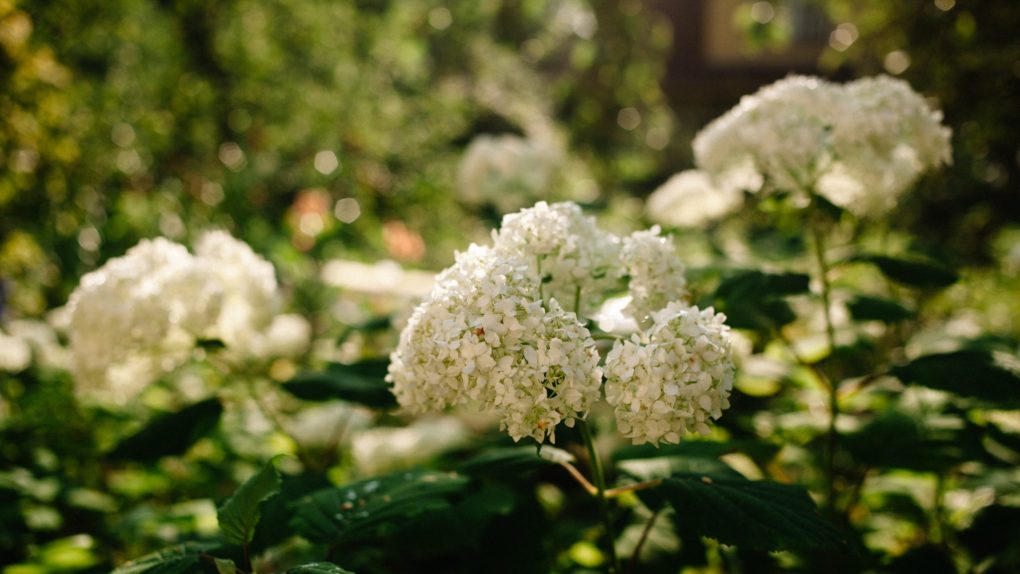
Table of Contents
Planting and Care
Soil Preparation
To ensure successful growth, prepare the soil properly for Annabelle hydrangeas. The soil should be well-draining, rich in organic matter, and have a pH between 5.2 and 6.5. Adjust the pH level by adding lime to increase acidity or sulfur to decrease acidity. Improve soil texture and fertility by incorporating compost or well-rotted manure.
Planting
Follow these steps for planting Annabelle hydrangeas:
1. Dig a hole twice as wide and deep as the root ball.
2. Place the root ball in the hole, ensuring the top is level with the soil surface.
3. Fill the hole with soil and gently tamp it to remove air pockets.
4. Water the plant thoroughly after planting to help settle the soil around the roots.
Watering
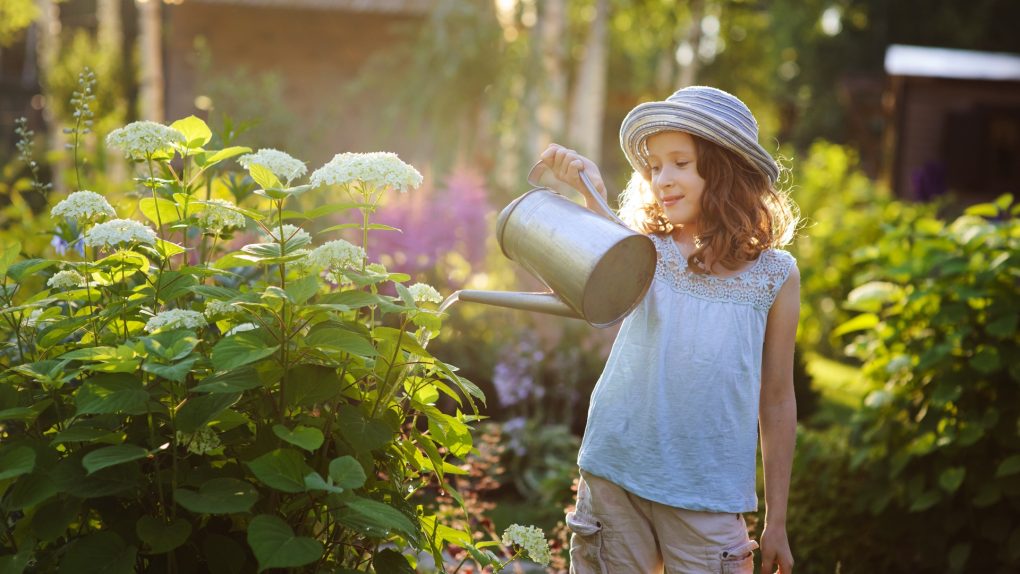
Proper watering is crucial for the health of Annabelle hydrangeas. Follow these guidelines:
● Water deeply once a week, increasing frequency during hot and dry weather.
● Avoid wetting the leaves to prevent leaf spot disease.
● Mulch around the base of the plant to retain soil moisture and reduce watering needs.
Fertilizing
While Annabelle hydrangeas do not require excessive fertilization, light feeding in spring can promote healthy growth and abundant blooms. Use a balanced, slow-release fertilizer following the manufacturer’s instructions. Avoid over-fertilizing, as it can lead to weak growth and reduced flowering.
Pruning
Pruning is optional but beneficial for maintaining a neat appearance. Follow these steps:
1. Prune in late winter or early spring before new growth emerges.
2. Remove any dead or damaged wood.
3. Cut back the previous year’s growth by about one-third.
4. Avoid cutting into woody stems to preserve flowering potential.
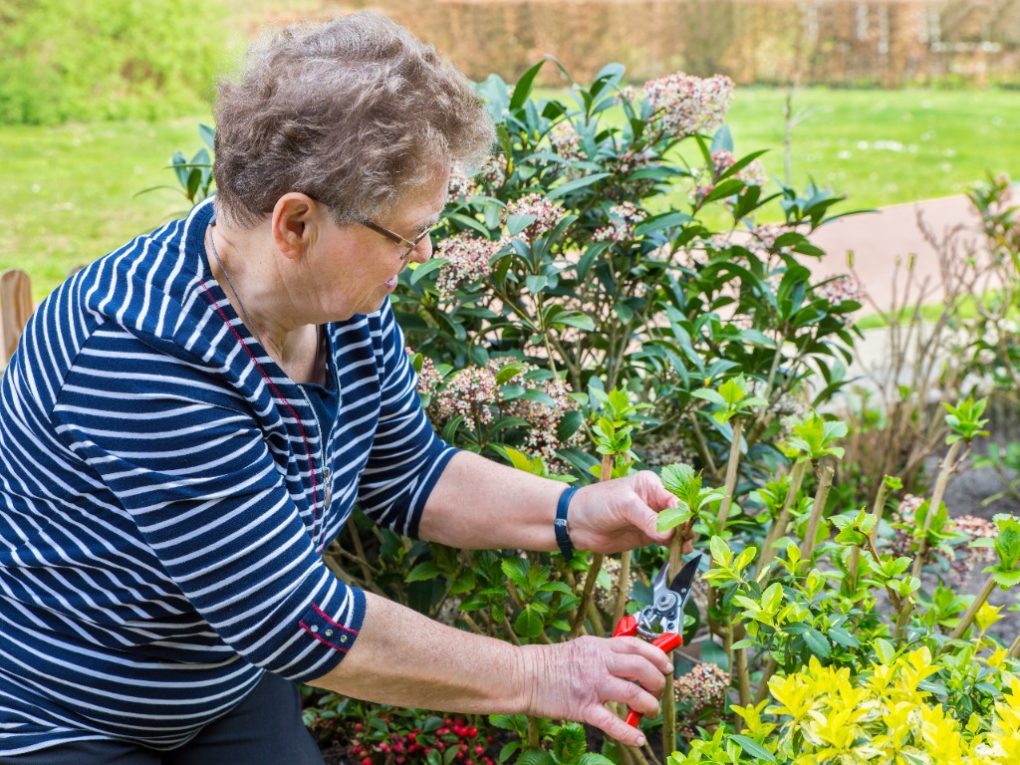
Winter Care
Annabelle hydrangeas are hardy in USDA zones 3-9 and can withstand winter conditions. Provide winter care as follows:
● Mulch around the base of the plant in late fall to protect the roots from freezing.
● Remove the mulch in spring once new growth appears.
Propagation
Annabelle Hydrangea can be propagated through seed, cuttings, or division. Choose the method that suits your needs and preferences.
Seed Propagation
Propagation from seeds is possible but there are more reliable methods. Annabelle Hydrangea seeds are small and slow to germinate. However, the resulting plants may not exhibit the same characteristics as the parent plant.
Cutting Propagation
Cutting propagation is the most common and reliable method. Follow these steps:
1. Take cuttings when the plant is actively growing in late spring or early summer.
2. Select a healthy stem at least 6 inches long with several leaves.
3. Make a 45-degree angle cut just below a node.
4. Remove lower leaves and dip the cut end in rooting hormone.
5. Plant the cutting in well-draining soil or place it in water until roots form.
6. Transplant the rooted cutting into a larger pot or directly into the ground.
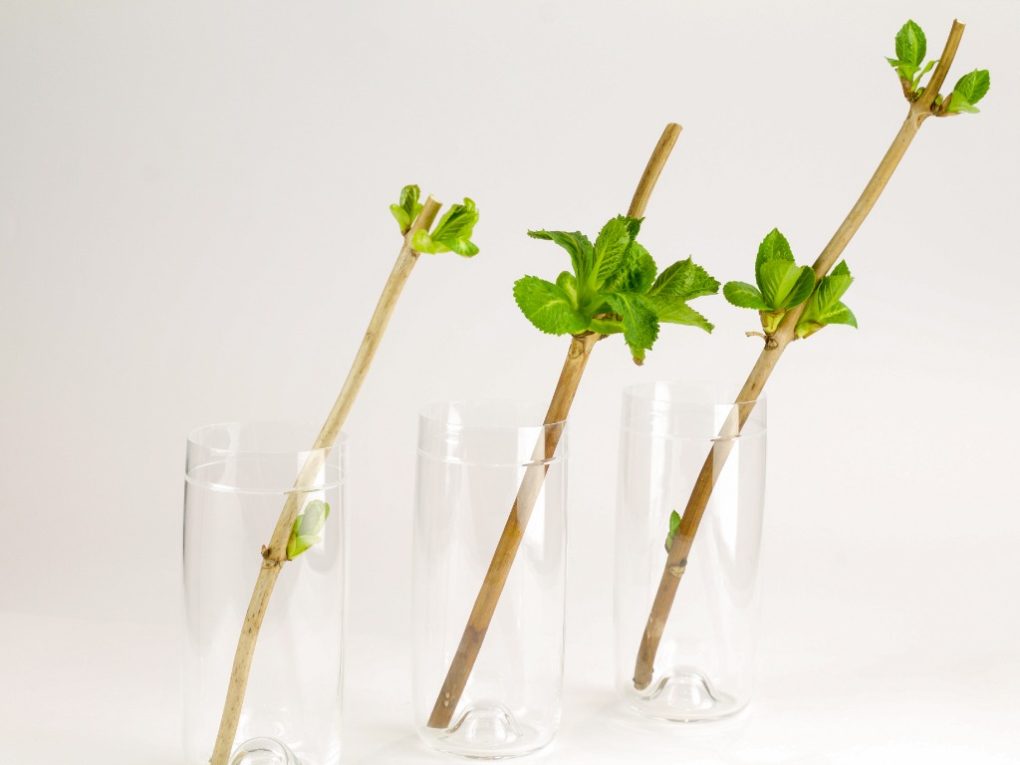
Division
Division is another method for propagation but less commonly used. Follow these steps:
1. Perform division in early spring or late fall when the plant is dormant.
2. Dig up the entire root ball.
3. Gently separate the sections using a sharp knife or garden shears.
4. Each section should have at least one stem and a few healthy roots.
5. Replant the sections in well-draining soil and water thoroughly.
Pests and Diseases
Common Pests
While Annabelle hydrangeas are relatively pest-resistant, a few common pests can still affect them:
● Japanese Beetles: These beetles can cause significant damage to the leaves and flowers. Control them by using insecticidal soap or neem oil.
● Aphids: These small insects can suck the sap from the leaves and stems, causing wilting and yellowing. Control them with insecticidal soap or neem oil.
● Caterpillars: These insects can eat the leaves and flowers, causing substantial damage. Control them with Bacillus thuringiensis (Bt) or insecticidal soap.
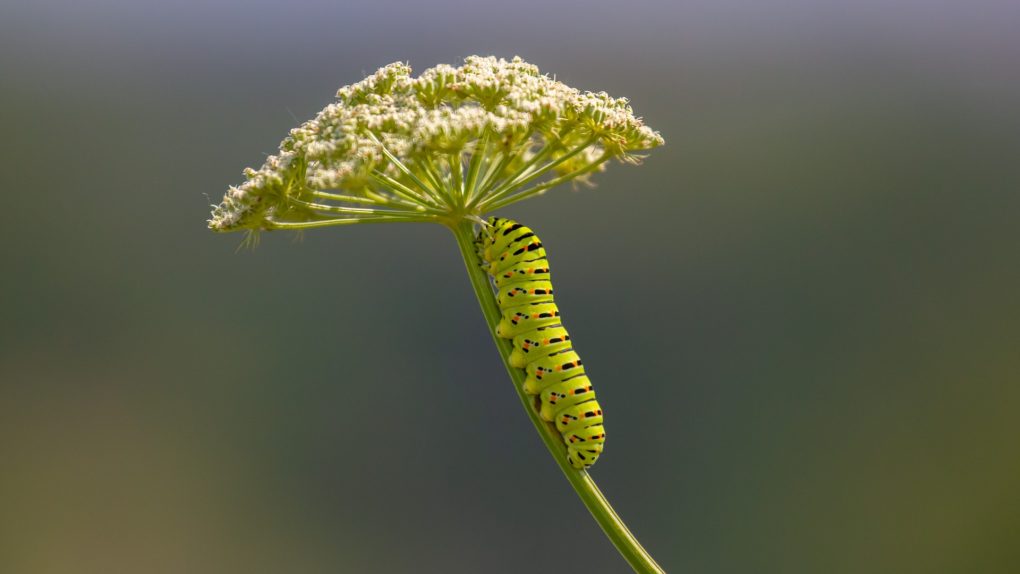
Common Diseases
Though generally healthy, Annabelle hydrangeas can be susceptible to a few common diseases:
● Botrytis Blight: This fungal disease causes brown spots on leaves and flowers. Avoid overhead watering and prune infected parts to prevent its spread.
● Leaf Spot: This fungal disease causes brown spots on the leaves. Remove infected plant parts and apply a fungicide to control it.
● Canker: This fungal disease creates recessed areas on the stems. Remove infected plant parts and apply a fungicide to prevent its spread.
Following these guidelines, you can successfully grow and care for Annabelle Hydrangeas, ensuring their beauty and vibrancy in your garden.
